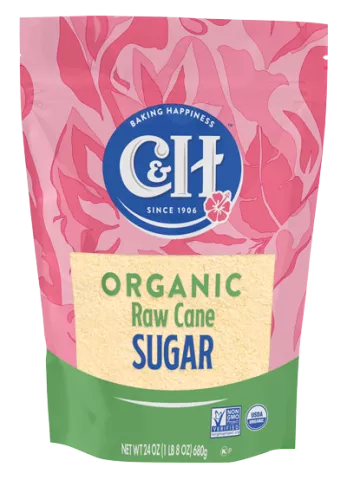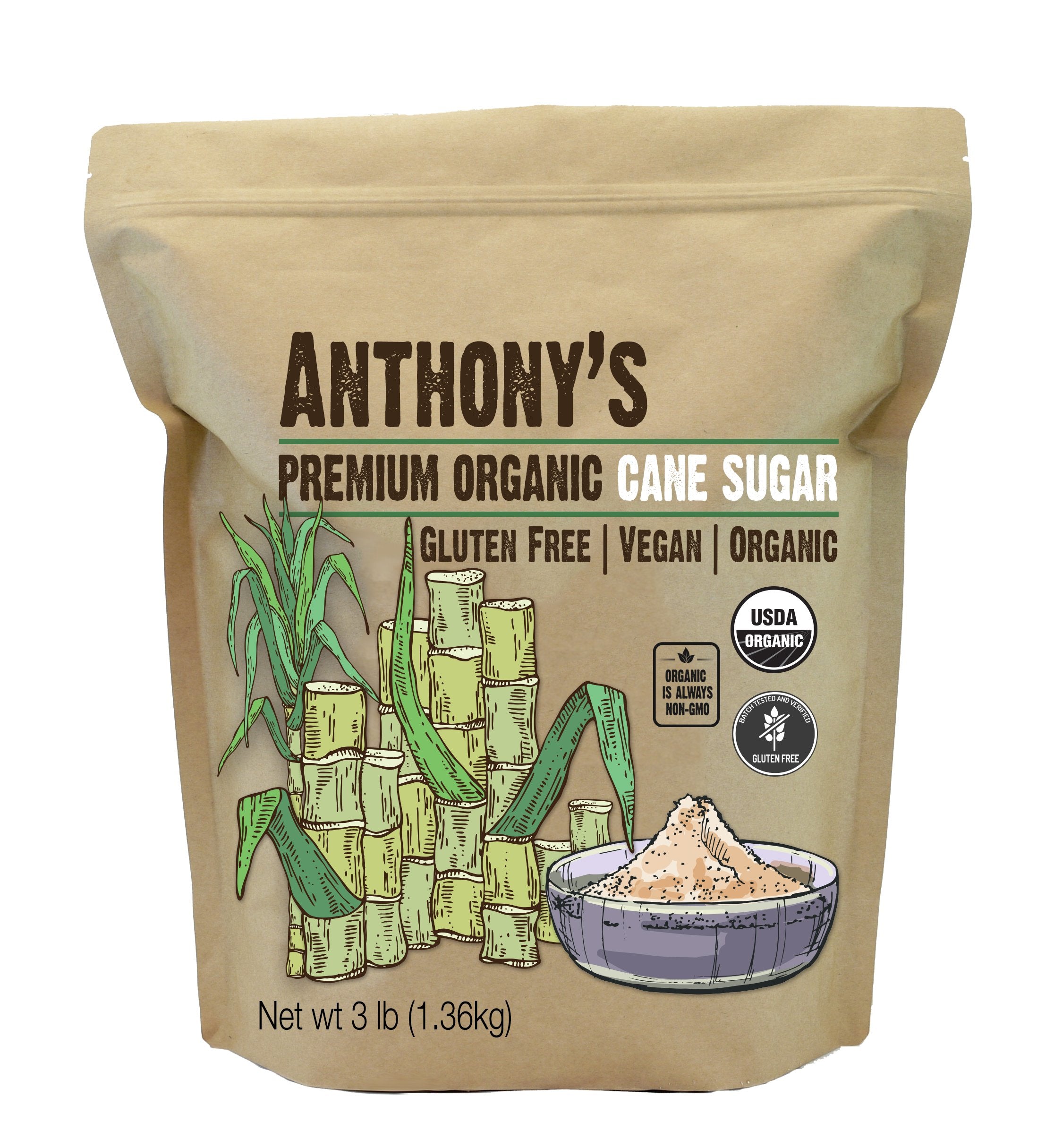Comprehending the Essential Strategies and Technologies Utilized in Modern Walking Stick Sugar Processing
The advancement of walking cane sugar handling has been substantially formed by the combination of advanced strategies and technologies that deal with both efficiency and sustainability. As we explore these critical developments, it becomes necessary to take a look at how they not only enhance manufacturing however also straighten with wider industry patterns and customer demands, elevating concerns regarding the future of sugar processing and its effects for worldwide markets.
Historical Context of Walking Stick Sugar Handling
The historical context of walking stick sugar handling exposes an abundant tapestry of agricultural advancement and social exchange that has actually shaped its growth over centuries. Stemming in Southeast Asia, sugarcane was cultivated as early as 8000 BCE - Cane Sugar Processing. The procedure of extracting and refining sugar got momentum in India, where methods for crystallization were perfected around the 6th century. This knowledge went across to the Center East, and by the 12th century, sugar came to be a valued commodity in Europe, resulting in the establishment of sugar haciendas in the Mediterranean.

Advanced Removal Methods
Performance in walking stick sugar removal has seen substantial innovations, driven by the need for higher yields and lower manufacturing expenses. Conventional approaches have developed, paving the way to cutting-edge technologies that enhance the efficacy of the removal procedure. One noteworthy innovation is the use of enzyme-assisted removal, in which specific enzymes damage down cell walls and launch more sucrose from the cane fibers. This method not only raises sugar return yet also reduces the energy required for processing.
Furthermore, the adoption of membrane filtration modern technologies, such as nanofiltration and turn around osmosis, has reinvented the splitting up of sugar from contaminations. These methods enable for the careful permeation of sugar particles while retaining bigger pollutants, enhancing the extraction procedure and decreasing waste.
In addition, the assimilation of continual extraction systems has actually brought about enhanced operational effectiveness. Cane Sugar Processing. These systems preserve a consistent flow of cane product, ensuring optimal extraction problems and decreasing downtime related to batch processing
Ingenious Refining Technologies
Refining techniques in walking cane sugar processing have gone through a transformative change, driven by the demand for greater pureness and enhanced product top quality. One of the most notable developments is the fostering of membrane purification modern technologies, such as ultrafiltration and nanofiltration. These processes properly remove impurities and colorants without the demand for substantial chemical therapies, thereby protecting the sugar's all-natural flavor and improving its charm.
One more substantial advancement is the usage of ion exchange materials, which enable discerning removal of unwanted ions from sugar options. This innovation not only boosts the general purity of the end product yet additionally contributes to minimized waste and environmental effect.
Moreover, advancements in adsorption strategies, making use of triggered carbon and other advanced products, have actually verified reliable in decolorizing sugar services while keeping optimum quality. The combination of these ingenious refining innovations ensures that makers can create polished sugar with superior clarity and preference, satisfying the advancing choices of consumers.
Automation and Control Systems
Current improvements in refining innovations have actually paved the means for considerable enhancements in automation and control systems within walking cane sugar handling facilities. These systems make use of sophisticated software program and hardware to enhance operational efficiency, reduce human error, and make certain consistent product top quality.
Modern automation integrates different browse around these guys elements, including sensors, actuators, and programmable reasoning controllers (PLCs), allowing real-time monitoring and control of vital processes. For example, temperature level, flow, and stress prices can be exactly controlled during extraction, clarification, and formation stages, maximizing performance and minimizing waste.
Moreover, advanced data analytics and artificial intelligence algorithms play an essential duty in anticipating upkeep, allowing operators to anticipate devices failings before they happen. This positive approach not just minimizes downtime yet likewise expands the life expectancy of machinery.
Furthermore, automation assists in the implementation of Industry 4.0 principles, encouraging sugar mills to accomplish higher connectivity and data exchange throughout processes. Because of this, decision-making comes to be more nimble and educated, eventually boosting the overall competition of cane sugar production. With these innovations, the sector is well-positioned to satisfy expanding international demands while preserving functional quality.
Sustainability Practices in Sugar Production
Sustainability techniques in sugar production have become increasingly essential as the market looks for to stabilize financial viability with ecological responsibility. As consumer understanding expands regarding the environmental effects of farming techniques, sugar producers are taking on cutting-edge approaches to lower their environmental footprint.
One considerable technique is the application of accuracy farming methods, which use data analytics to maximize resource usage, such as water and plant foods. This decreases waste and reduces the effect on regional communities. Additionally, several manufacturers are transitioning to renewable power resources, such as biomass from sugarcane byproducts, to power their procedures, thereby lowering reliance on click for source fossil fuels.
Water administration methods are additionally vital; rainwater harvesting and effective watering systems aid minimize water deficiency problems. Cane Sugar Processing. In addition, incorporated bug administration approaches minimize chemical usage, promoting biodiversity and soil wellness
Corporate social obligation campaigns are arising, with companies purchasing local areas and making sure fair labor techniques. By embracing these sustainability techniques, the sugar sector not just improves its credibility yet likewise contributes to a much more lasting farming landscape, paving the way for future generations.

Conclusion
In summary, modern-day cane sugar processing incorporates an array of advanced strategies and technologies that significantly boost yield, sustainability, and effectiveness. Jointly, these developments position the walking stick sugar industry to meet modern needs while addressing vital worldwide obstacles.
The advancement of walking cane sugar processing has actually been considerably formed by the integration of innovative techniques and technologies that attend to both efficiency and sustainability.The historic context of walking stick sugar handling discloses a rich tapestry of agricultural development and cultural exchange that has useful site formed its development over centuries. Innovations in milling and refining emerged, laying the groundwork for modern-day walking cane sugar handling.Refining methods in walking stick sugar handling have actually undergone a transformative shift, driven by the need for higher purity and boosted product quality.In recap, modern walking stick sugar handling integrates a range of sophisticated techniques and innovations that dramatically enhance sustainability, yield, and performance.